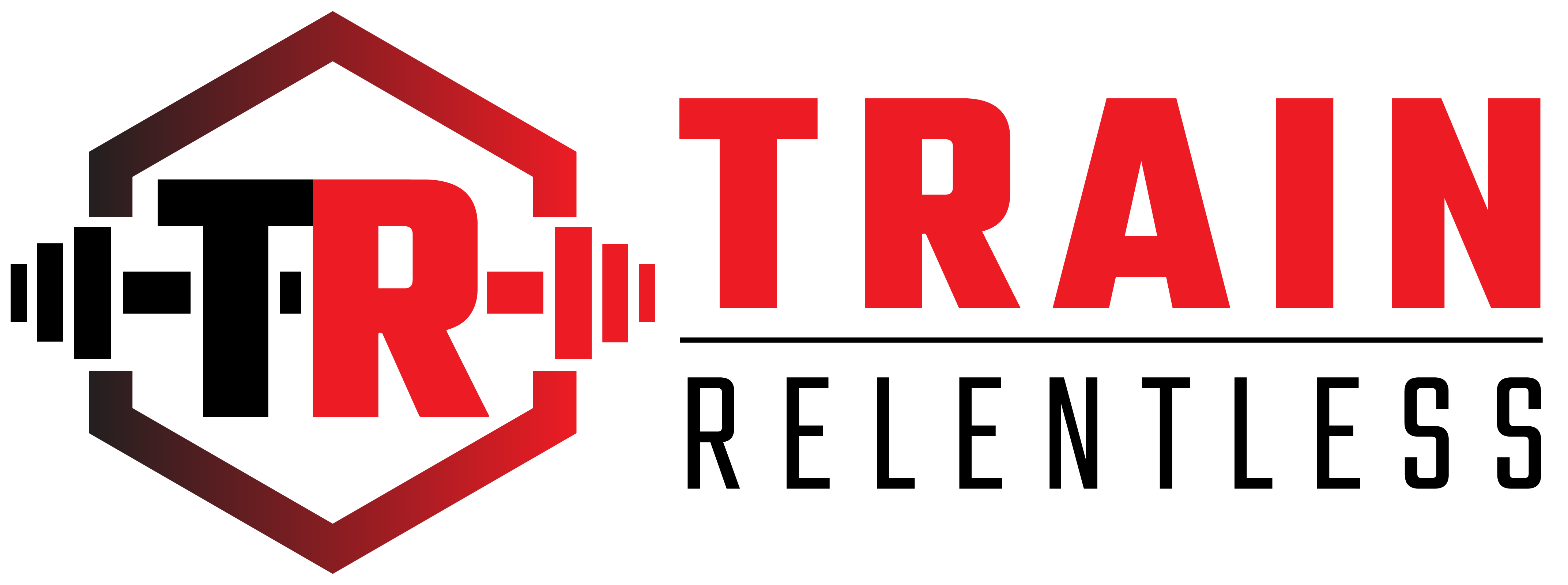Athletic conditioning is known for superb cardio, explosiveness, and strength. And for most athletes, it takes hard work and discipline to be able to get into this shape. But what if you’re a regular person with a 9 to 5 job? Does it mean that you can’t become as fit as an athlete?
First, let’s be honest. Athletes have a team of nutritionists and coaches that work with them 24/7. They’d most likely just train and sleep. And because of this, you have to be realistic about your goals. Though you can improve your athletic performance by doing different workouts, it is hard to match the athleticism of a full-time athlete unless you throw your day job.
But does it mean that it’s impossible to have an athlete’s conditioning while having a day job? In the world of mixed martial arts, there have been champions who competed at the highest level while maintaining their day jobs. From Stipe Miocic to Mirko Cro Cop, these are some names who became top athletes though they still maintained a regular day job.
So how do you improve your athletic performance even if you’re a non-athlete trying to juggle different priorities at home and your workplace?
Build a Strong Core
Core and athletic performance go hand in hand. It helps improve stability and even prolong an athlete’s career by allowing him or her to prevent injuries. The core is beyond the six-pack abs. In reality, the six pack abs is just part of the intricate core muscles of the body. The core involves muscles that aid in the transfer of energy and in keeping the spine straight especially when you are holding something heavy.
So what’s the best way to build the core? The good news is that different activities can get the core to engage. Farmer walks and lifting anything heavy above your head such as a kettlebell can also help you develop a strong core.
But if you want to work extra on your core, then you might as well do planks. Between planks and regular situps, the former engages the entire core while situps are only working on the rectus abdominis.
Minimize Muscle Imbalance
Muscle imbalance can pose a problem for athletes. It can be considered a mobility issue. And for each sport, there are specific muscle imbalances to watch out for. For instance, NBA athletes will usually show a stronger leg. Your dominant hand will usually lead to a stronger side. This can be problematic since you have a more difficult time moving on your weak side. It can also cause injuries and affect performance.
To remove muscle imbalance, you will need to first determine the side or muscle groups that you use more. If you have a weaker leg, you can start doing lunges and split squats to make sure that you focus on the weaker side.
However, muscle imbalance isn’t just about the side that you typically use. Muscle imbalance can also exist in your antagonist muscles. What’s the antagonist muscle? It is defined as the muscle that does the opposite of the primary muscle. For instance, when you flex your bicep, it works as your agonist muscle and your tricep is your antagonist muscle.
Football athletes tend to develop strong front muscles and weak back muscles. As a solution, they can do more posterior chain heavy exercises such as doing kettlebell swings.
Right Body Composition
Body composition will also play a role in your athletic ability. Adding more body fats will limit your overall mobility. However, you also can’t become too bulky. There is also a reason why you don’t see boxers and basketball players having bodybuilder physiques. The reason is that muscles will also require a lot of oxygen. The larger the muscles, you are also losing stamina since you develop a different type of muscle fiber that is required for the sport.
Achieving the optimum body composition is a hard thing to accomplish especially for someone who is working 40-60 hours a week. You will need to be disciplined not only with your workouts but even with the food that you eat. You will have to track the calories and macros if you wish to cut fats.
Know the Right Muscles to Work On
Different sports will require different muscle groups. If you love running marathons, you will need to develop strong legs, hips, and even work on your ankle stability. On the other hand, if you’re into Brazilian Jiu-Jitsu, wrestling, MMA, and other sports that require grappling, you are most likely going to use more pulling than pushing. Plus, you need to extensively work on your grips.
Following a Strict Schedule
For someone who has a day job, it is a good idea to be disciplined. One way to do it is by having a fixed schedule for your training. Treat it as part of your daily routine rather than as a hobby that you can conveniently drop when you are too busy at work. Some individuals prefer to train in the morning while others prefer to do it at night to also serve as a time to de-stress from their work.
Final Thoughts
If you ever considered becoming more athletic without ditching your career, it is a good idea to be smart at what you do. It is a combination of proper nutrition, the right training, and the right amount of rest if you are serious about your goal to improve your athletic ability.
